Meet some of the region's top winemakers.
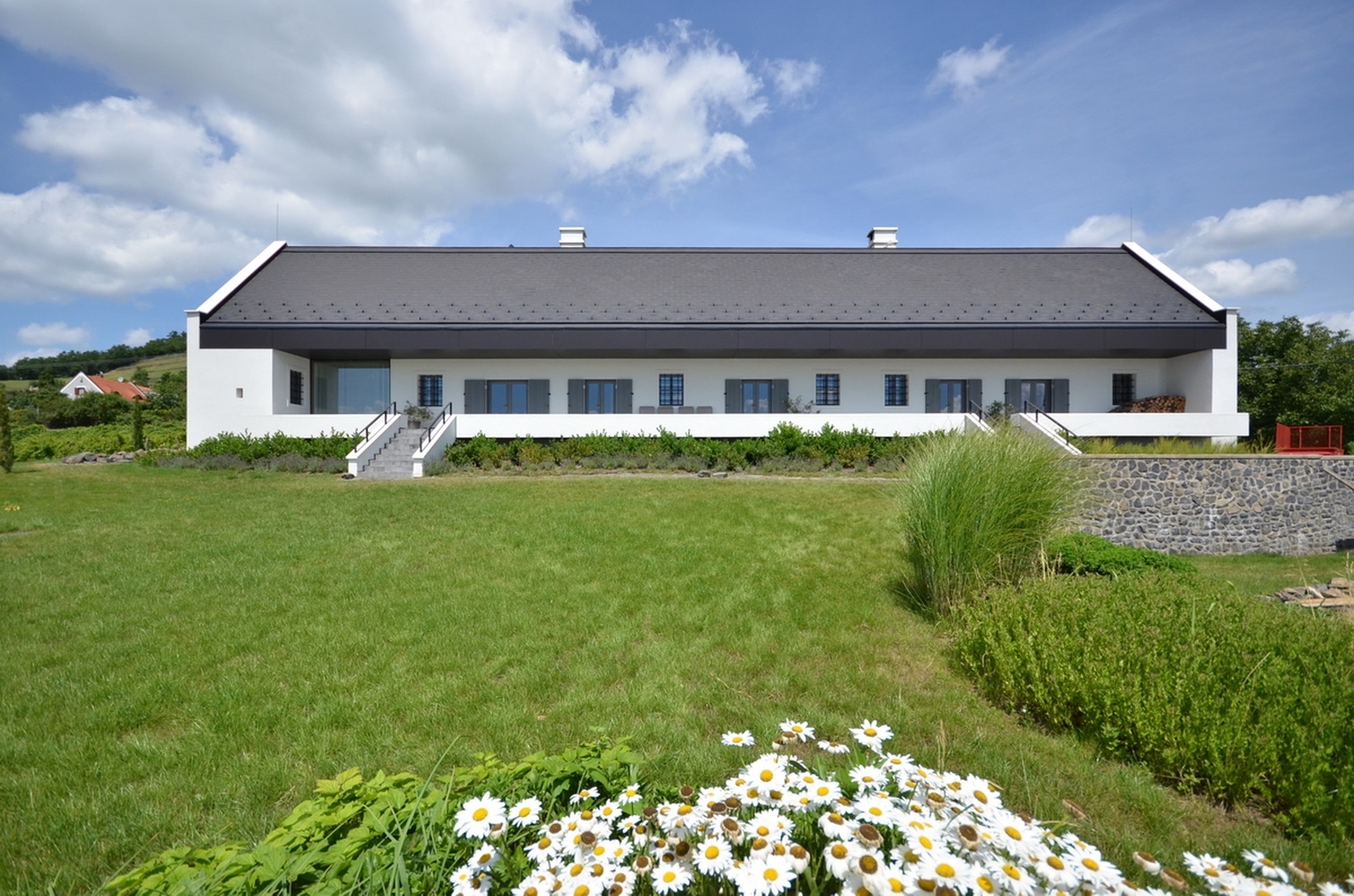
I included below a list and a short profile of my favorite Balaton winemakers. This list reflects my own impressions based on visits and tastings. Naturally, it's subjective and in some cases incomplete (for example, if logistics prevented me from visiting a winery, that place wouldn't be included). You'll find both sizable, corporate-owned wineries and small operations, but I’m partial to family wineries that convey a special sense of place.
A few things to keep in mind
Try booking a tasting as far in advance as possible since not all wineries are open or accept visitors all throughout the year.
If you’re at least somewhat knowledgeable about wines and curious to learn more, gently convey in your email that you’d love the head winemaker to lead the tasting (with family wineries this is often the default case).
A tasting costs around €10-15 per person. Hungarian visitors often end up buying several bottles afterward. For foreigners, logistics can complicate things, so consider leaving a generous tip if you don’t purchase any wine.
Tastings usually go for an hour, but they can last much longer than that. It’s prudent not to schedule more than two, maximum three, winery visits per day.
If you’re driving, or simply don’t feel like getting loaded at midday, use the spittoons provided. By smelling and swooshing the wine around your mouth, you’ll still be able to get a sense even without swallowing it.
Not all winemakers speak flawless English but most of them are conversational.
It can be pretty cold in the wine cellars even in the summer months, so be sure to bring a sweater with you.
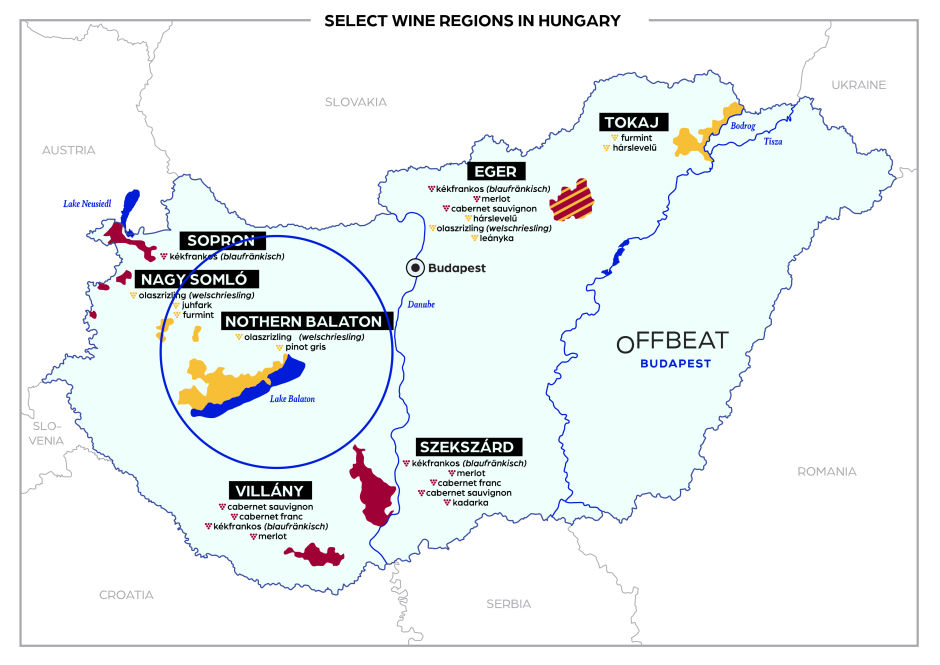
Click here to expand the wine map.
The winemakers — Csopak region
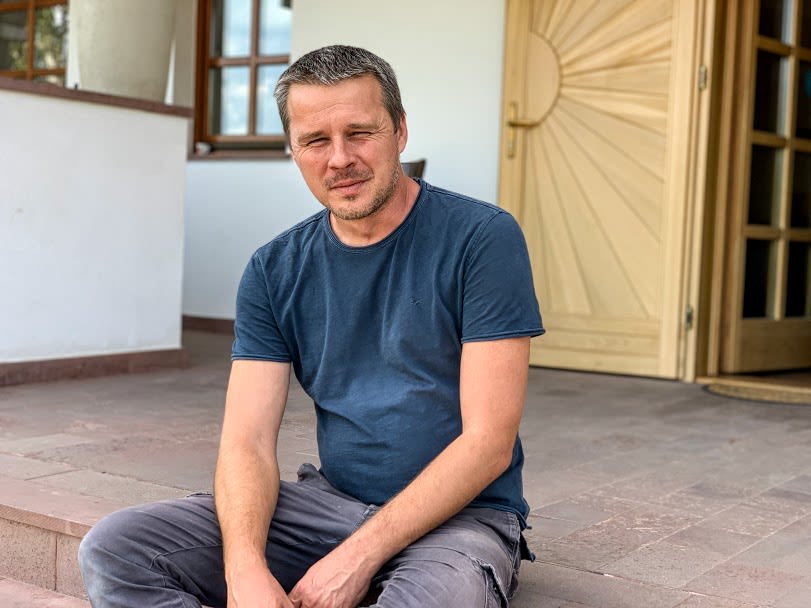
Figula Pincészet (location; 30 hectares / 74 acres plus purchased grapes; [email protected]; +36 30 662 4332): Figula is a famous winemaking dynasty in Hungary; the late Mihály Figula helped restore the reputation of Balaton wines in post-communist Hungary and currently his sons, Mihály and János, are in charge of the ever-expanding family business with 300,000 bottles of annual production. Instead of chasing contemporary trends, they’re most focused on highlighting Balaton’s diverse soil: Every year, they put out olaszrizlings that are produced identically but come from different vineyards so as to show the power of the terroir. If you like rosés, you shouldn’t miss their 2018 Bella Róza, a captivating wine with a more intense flavor and color than your typical rosé.
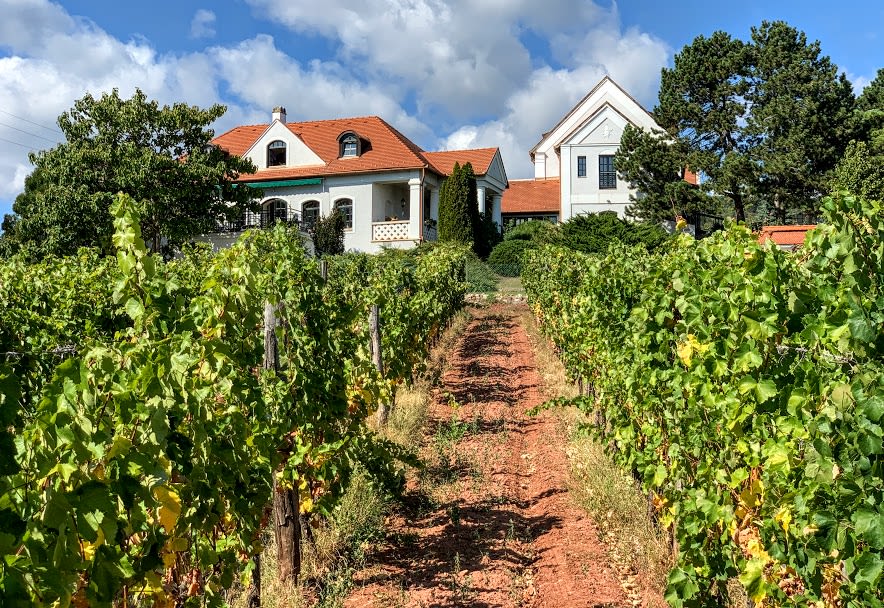
Jásdi Pince (location; 17 hectares / 42 acres plus purchased grapes; [email protected]; +36 30 733 0113): This winery once belonged to Archbishop János Ranolder, an enlightened 19th-century feudal landlord, who was known to make the best wines of Balaton. István Jásdi purchased the run-down building in 1998 and has been meticulously renovating and expanding it since, with an abiding respect for its famous history. Their olaszrizling from the Lőczedomb vineyard is a must-try, coming from a red sandstone soil rich in iron and quarts, while “Ranolder Fehér” is a fascinating blend of furmint and olaszrizling — though vanished from Balaton, the furmint grape used to be common in the days of János Ranolder.
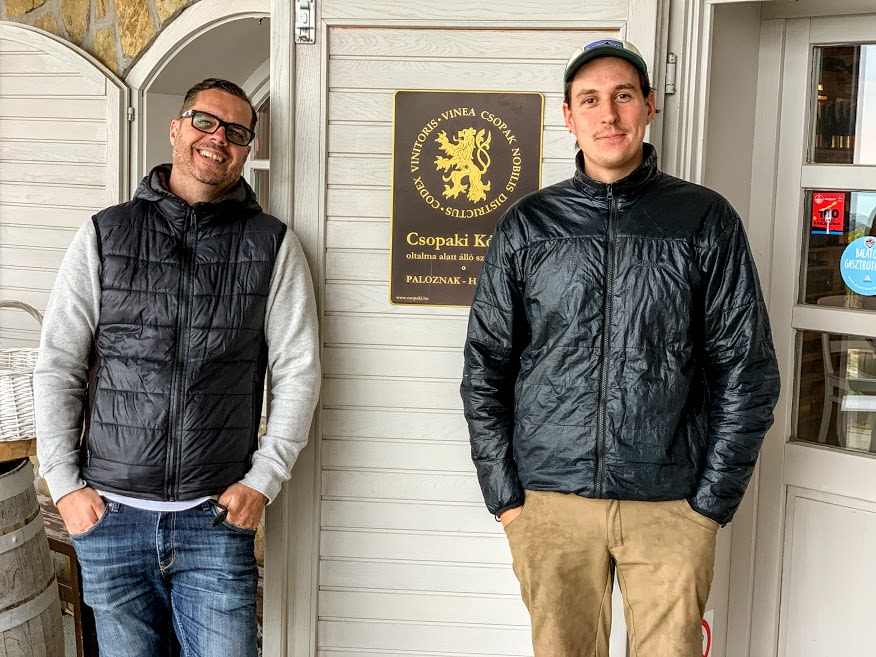
Homola Pincészet (location; 15 hectares plus purchased grapes; [email protected]; +36 20 449 9365): Homola is best known in Hungary as the host of the popular summer jazz festival, Paloznaki Jazzpiknik, but the winery itself is a serious operation, selling more than 100,000 bottles a year. Their “100%” line comprises easygoing wines made in steel tanks and imparting fresh, fruity flavors. Oenophiles tend to get more excited about Homola’s elegant and precise Sáfránkert-vineyard olaszrizling, and the wonderful kékfrankos, or blaufränkisch, from Tihany (little red wine is made in Balaton, which makes this wine all the more interesting). Homola’s head winemaker is the respected Attila Homonna, who splits his time between here and Tokaj, where he tends to his own vineyards.

Guden Kisbirtok (location; 1.5 hectares / 3.7 acres; [email protected]; +36 20 499 5522): The story is almost too good to be true: In 2007, the priest from the nearby village of Paloznak asked Szabolcs Molnár, head winemaker of the renowned Jásdi winery, whether he’d be interested in cultivating a neglected one-hectare plot that officially belonged to the diocese. Banding together with his colleagues Péter Gősi and Zoltán Csidei, the three of them took the challenge. They named their mini winery after the 11th-century Hungarian knight, Guden, who bequeathed his estate, including the vineyard, to the church (every year, the local priest offers a mass for Guden). The winery is a true labor of love — they only produce 5,000 bottles a year, some of which goes to the church for rent payment — but their Kertmög-vineyard olaszrizling is considered to be among the top in Hungary.
The winemakers — Badacsony region
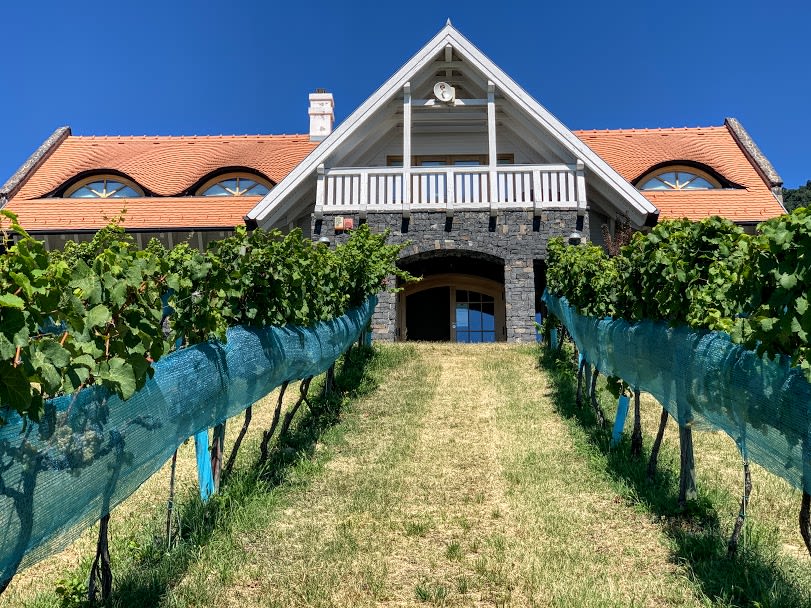
Villa Sandahl (location; 10 hectares / 25 acres; [email protected]; +36 70 368 8013): During a 2004 trip, the Swedish Sandahl brothers were so taken with the beauty of Badacsony that they later purchased a panoramic vineyard on the hillside. To realize their vision, they accumulated ten hectares and replanted them with riesling — regular riesling, not olaszrizling — believing that the mineral-rich soil of Badacsony in combination with the Meditarranean warmth of the south-facing vineyards may produce something memorable. With the help of an Alsatian winemaker and with an unquestioning dedication to quality, they’ve honed their skills over the years and today Villa Sandahl’s wines are known to be extremely well-balanced with a vibrant acidity and a touch of residual sugar.
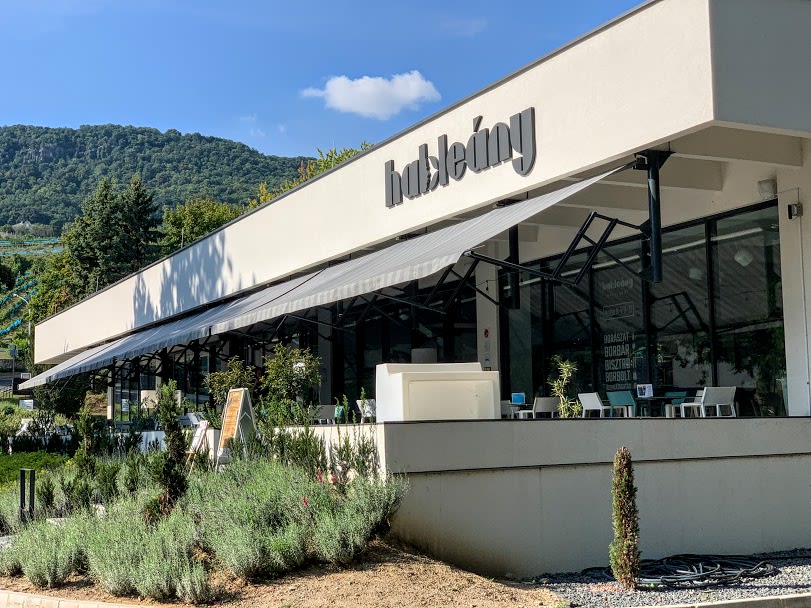
Laposa Birtok (location; 30 hectares plus purchased grapes; [email protected]; +36 70 931 0986): With an annual output of half a million bottles, Laposa is one of the biggest and best-known wineries and a great advocate of the Badacsony region. The company stands on two legs: supermarkets across the country carry their young and wallet-friendly wines, while the longer-aged bottles from their top vineyards, for example the 4 Hegy olaszrizling, go to top restaurants. In 2020, they released a prosecco-style sparkling wine made from furmint and pinot gris grapes. Laposa also operates two restaurants (Hableány, Szőlőhegy Bisztró) and a panoramic wine bar (Laposa Birtok) on the Badacsony hillside.
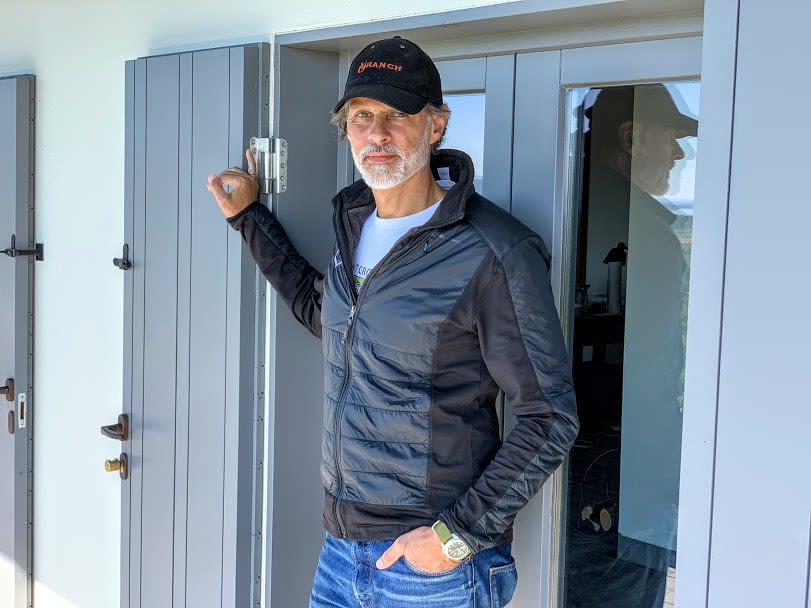
Gilvesy Pincészet (location; 17 hectares / 42 acres; [email protected]; +36 20 249 7707): It was during a 1994 trip that Candadian-Hungarian Robert Gilvesy fell in love with Szent György Hill and purchased a dilapidated winery that once belonged to the renowned Esterházy family. Since then, the building, which can be seen from far away, has been meticulously renovated and has an outdoor terrace with jaw-dropping views of the hillside and Lake Balaton. The winery has earned praise for its single-vineyard Tarányi Rhine riesling and for Bohém, a fresh and fruity olaszrizling-forward blend.

Váli Pincészet (location; 10 hectares / 25 acres; [email protected]; +36 30 940 5232): Part winery, part farm-to-table restaurant and guest house, Péter Váli’s small estate is a true labor of love. The domain is tucked away in rolling vineyards, away from all signs of civilization in the tiny village of Badacsonyörs. Péter is a certified organic winemaker who believes that native grapes like kéknyelű and budai zöld can best express the local soil. His white wines are balanced and elegant and found across fine dining restaurants in Hungary. The guest houses consist of nicely renovated peasant homes.
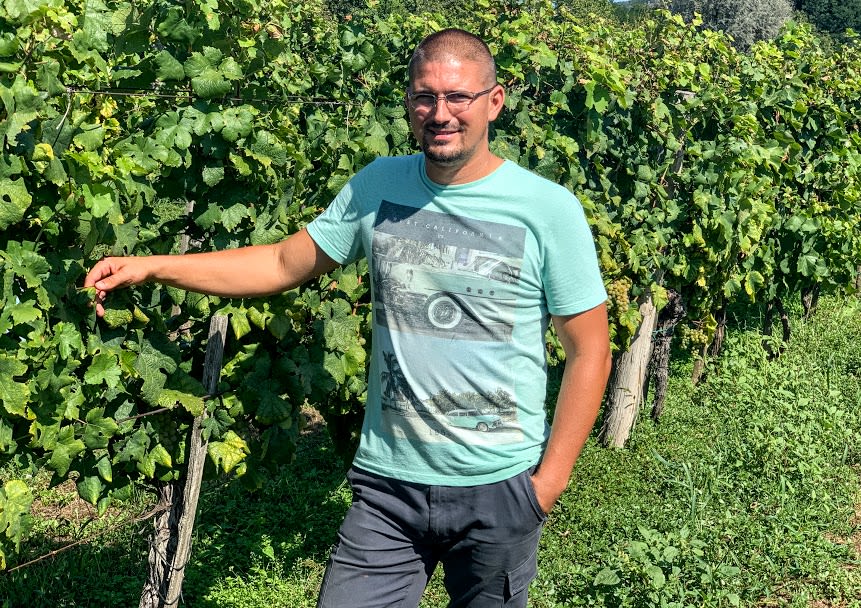
Borbély Családi Pincészet (location; 23 hectares / 57 acres; [email protected]; +36 30 927 1414): Borbély is one of the longstanding family wineries of Badacsony, operating on 23 hectares (57 acres) with plots scattered across the neighboring volcanic hills. From easygoing fresh roses to complex wines made on 50-year-old vineyards, they serve a wide market. Borbély’s barrel-aged olaszrizlings have earned critical acclaim and are regarded as some of the most complex in Hungary. My favorite is the 2016 single-vineyard from Bács-hegy, showing off the best of the grape and the local soil: bright and balanced with subtle flavors of almond.
My content is free and independent. If you've enjoyed this article, please consider supporting me by making a one-time payment (PayPal, Venmo).
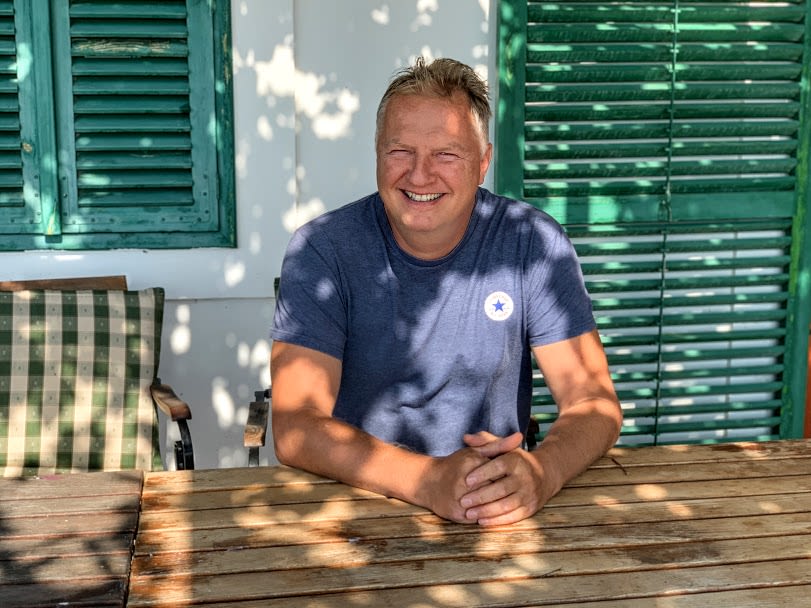
2HA Pincészet (location; 4.5 hectares / 11 acres; [email protected]; +36 30 203 3039): Unlike other Badacsony-region winemakers, Csaba Török makes more red than white wines. How come? He had been a fan of Tuscan reds when he started out in 2002, and, boldly, planted sangiovese grapes on his sun-drenched Szent-györgy Hill vineyards with the help of an Italian consultant. A combination of low yields (he makes only 15,000 bottles a year on nearly 5 hectares), the gentle use of oak barrels, and a low-intervention winemaking method makes 2HA wines distinct and often wonderful. Apart from the sangiovese (branded as “Tabunello”), my favorite is the unfiltered olaszrizling, which is deeply expressive the the Szent-György Hill soil.
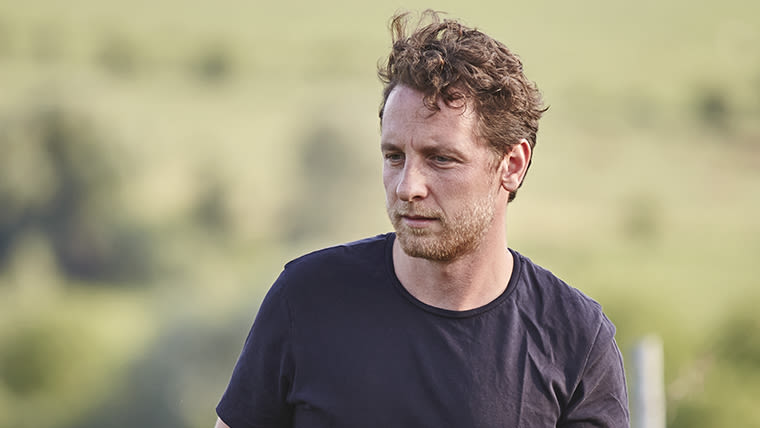
Bencze Családi Birtok (location; 19 hectares / 47 acres; [email protected]; +36 30 726 5311): István Bencze has been one the pioneers of Hungary’s natural wine movement. He uses organic and biodynamic farming on his 19-hectare vineyard in Szent-György Hill and makes wines with as little technological intervention as possible, for example without added yeasts for fermentation and only very low doses of sulfites, if any. He has earned most attention for his pinot noirs, and lately his furmint-based sparkling wines.
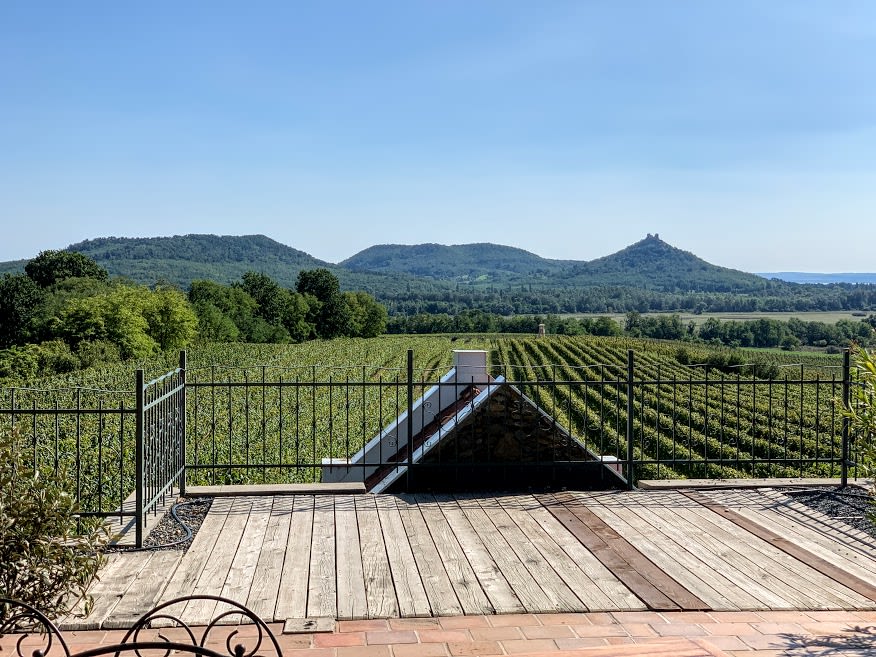
Szászi Birtok (location; 18 hectares / 44 acres; [email protected]; +36 30 255 1373): With a restaurant, a wine store, and four guest houses, Szászi is a full-service winery and the best-known label in Szent-György Hill. Szászi makes many types of wines, but if you’d like to taste some of the best olaszrizling in Balaton, then pay up for a bottle of their single-vineyard Kabócás. Those after a more offbeat option should get an orange wine, or rózsakő, a cross of two native Hungarian white grapes (kéknyelű and budai zöld). The restaurant, open from April to November, has amazing vistas from its outdoor terrace.
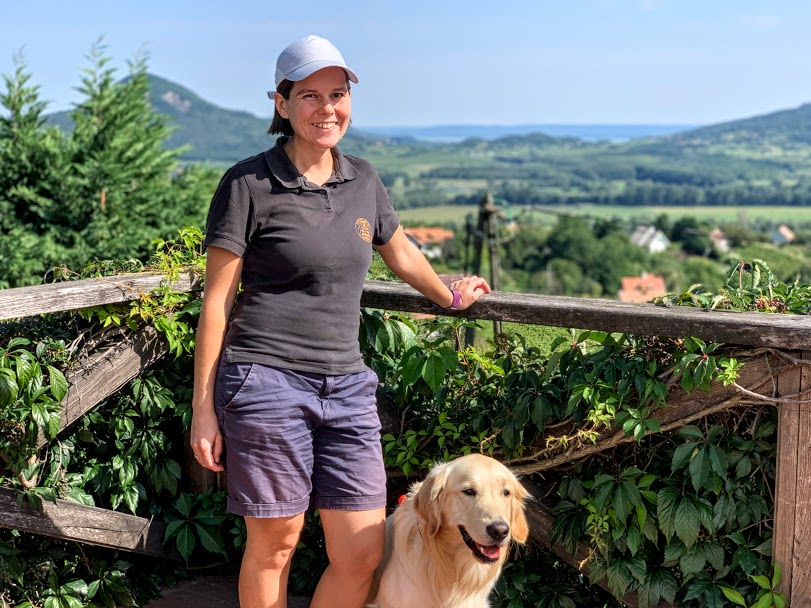
Nyári Pince (location; 9 hectares / 22 acres; [email protected]; +36 30 640 6818): Ödön and Emese Nyári are the father-daughter duo behind this secluded winery perched atop Szent-György Hill. You’re here for the views from the trellised patio, with the giant Badacsony Hill and the sweeping blue of Balaton before you. Almost alone in the region, Nyári also makes wines from hárslevelű, a grape more common in Tokaj, but the winery is best known for its kéknyelű, a signature local grape native to Badacsony.
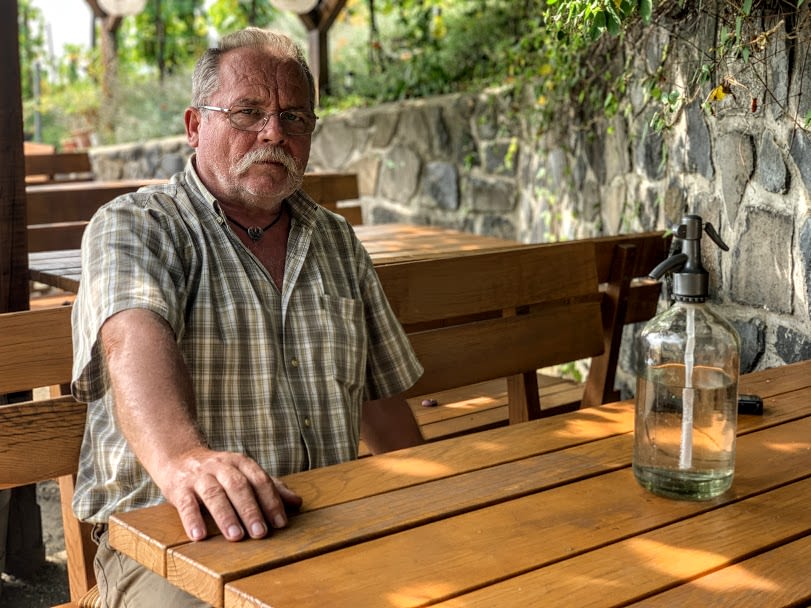
Málik Pince (location; 5 hectares / 12 acres; [email protected]; +36 30 530 0136): Zoltán Málik is a charismatic Badacsony vintner with witty and informed opinions. He believes in the centuries-old winemaking traditions of Hungary, for example in cultivating long-forgotten native grapes like budai zöld and bakator and fermenting them in big oak barrels with local, wild yeasts. “Wine isn’t like Fanta Orange — it’s not supposed to be the same every year,” he says. Málik's plots are high up on Badacsony Hill in a truly Meditarranean climate (as evidenced by lemon and fig trees) and with shockingly beautiful views. If there’s only one bottle you buy, make it his kéknyelű.
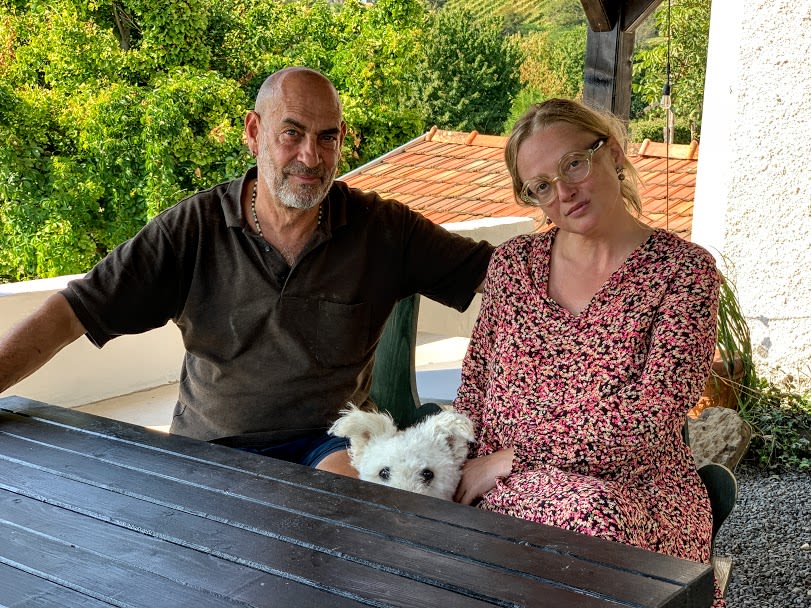
PAP Wines (location; 3 hectares / 7 acres; [email protected]; +36 30 374 3099): Áron Molnár, an English DJ with a Hungarian father, and Latvian-native Karina Vissonova are an unexpected winemaking duo in Balaton with a life that can seem like something from a fairy tale. In 2010, they left behind Copenhagen and settled in a snug house on the hillside of Szent-György Hill to engage in winemaking. Today, from a three-hectare plot they’re putting out a seemingly random selection of excellent bottles made from grape types they most enjoy, mainly pinot noir and pinot gris, and also more and more orange wines. During the summer, they serve elaborate vegetable dips and spreads for guests, many of them sourced from their own garden.
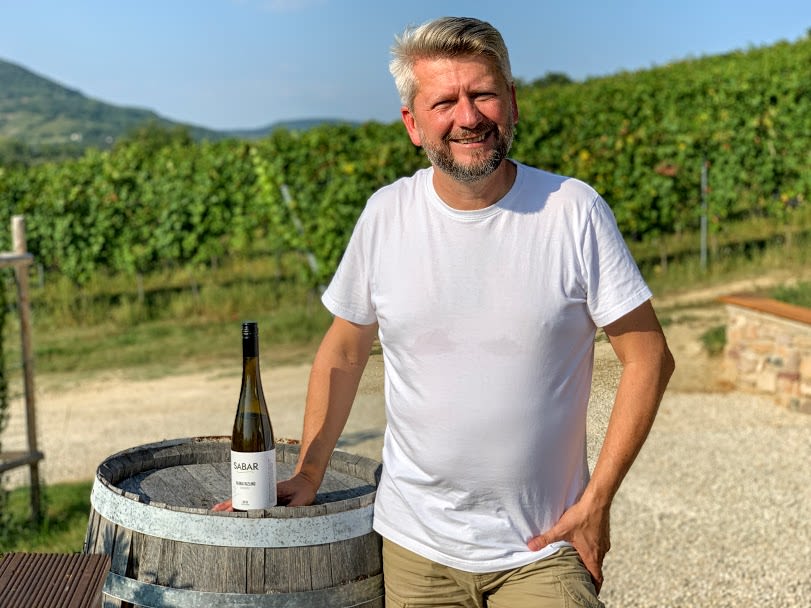
Sabar Pince (location; 4 hectares / 10 acres; [email protected]; +36 70 297 0055): Looking for a new challenge after a successful business career, Gábor Ádám bought some vineyards in 2009 in an offbeat part of Badacsony, near the tiny village of Káptalantóti. Today, he has a thriving winery, Sabar, a reflection of his business savvy and passion to create something lasting in this sleepy pocket of Balaton. You’re here for the Zen-like calm and the scenic vistas from the outdoor terrace. And the approachable olaszrizlings made by head-winemaker Bálint Földi, one of the rising stars in Hungary.